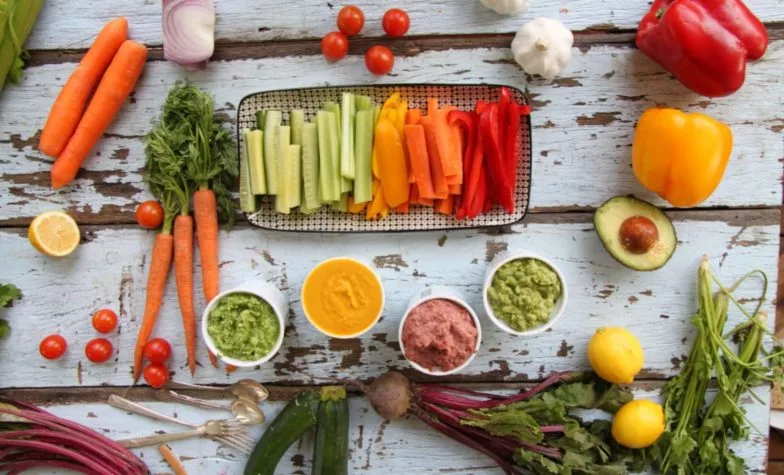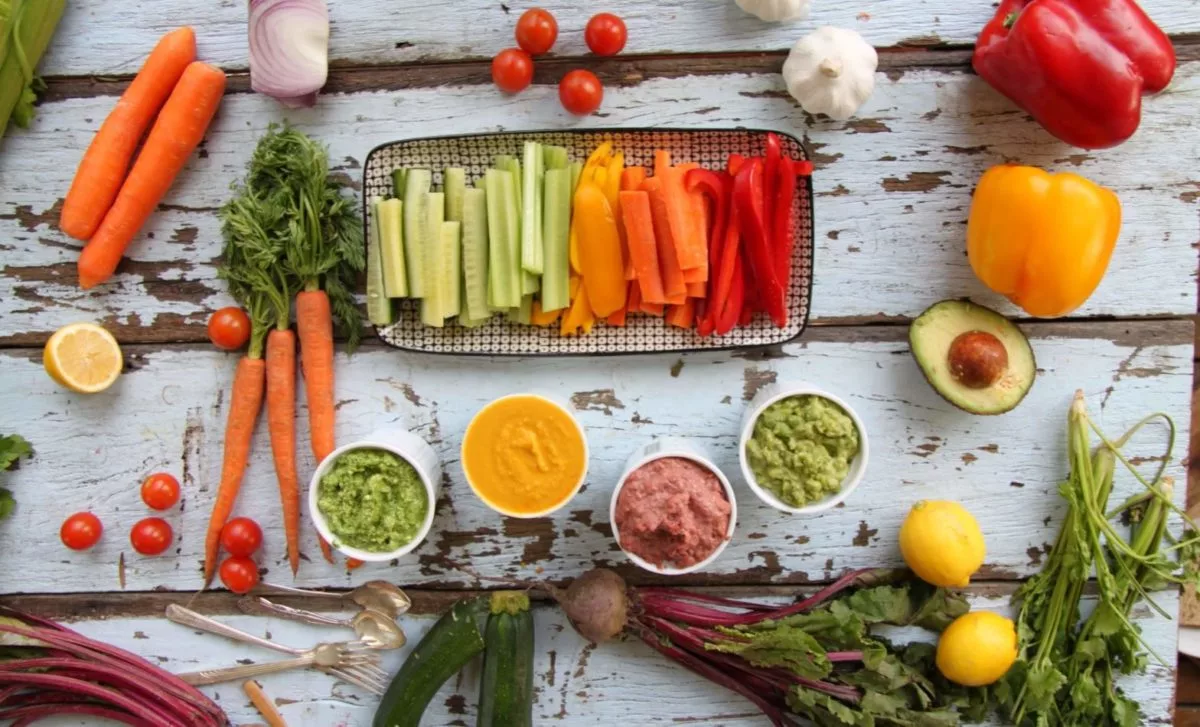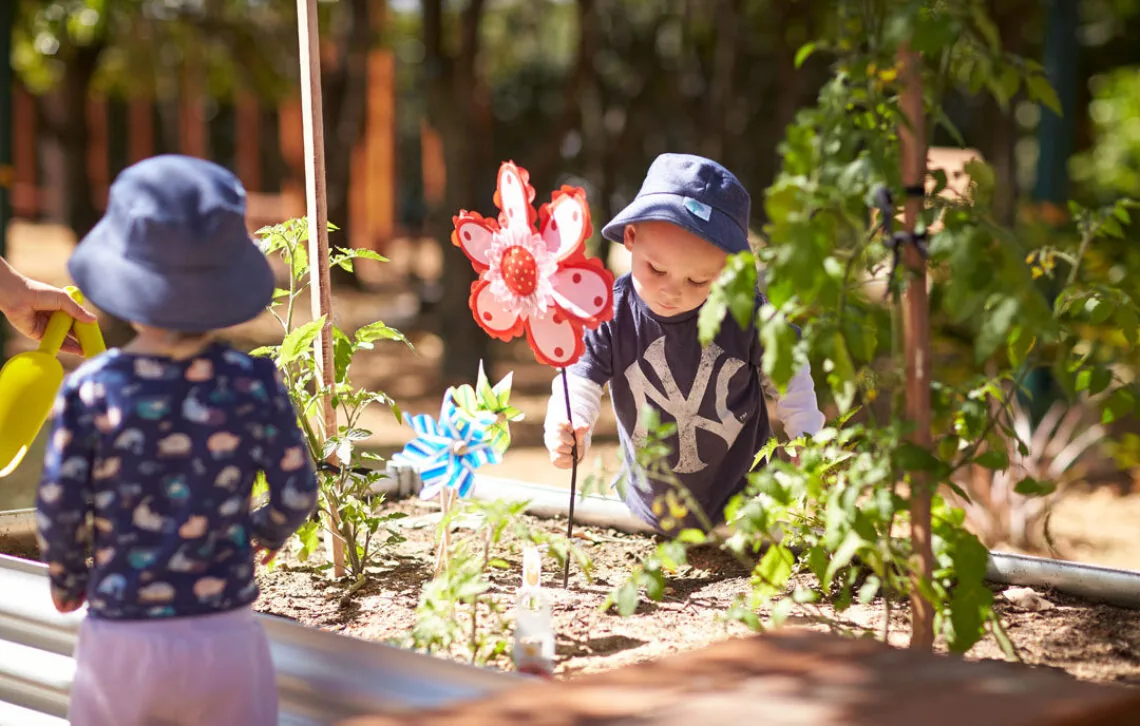Should I Hide Vegetables In My Kid’s Meals?


The debate about whether to hide vegetables in your child’s food or make them clearly visible on the dinner plate has long had parents at a crossroads.
On one hand you might feel relieved knowing your veggie-hating, fussy eating child is getting enough vegetables in their diet by hiding them in pasta sauces, meatballs or baked treats. On the other hand, it may have crossed your mind that you should be familiarising your child with vegetables by offering them clearly on the plate so they can learn to like and accept them as part of their regular diet.
Let’s explore the pros and cons to hiding vegetables in your child’s meals.
The pros of hiding vegetables
- Meet your child’s nutritional guidelines – Hiding vegetables in meals can be a short-term strategy to ensure your picky eater is consuming the important nutrients that vegetables provide.
- Reduce stress and struggle – Parenting comes with many battles, so you need to pick your battles wisely. Hiding vegetables means that your fussy eater is getting the nutrition they need, without the daily stress or struggle of painstakingly convincing them to eat vegetables.
- Introduce new vegetables – Hiding vegetables can be a way to introduce the flavour of new vegetables into your child’s diet to allow them to become familiar with a wider variety.
The cons of hiding vegetables
- Bandaid solution – If the only time your child receives vegetables in their diet is when you sneak them in amongst other food, you are really only finding a short-term solution for a potential long-term issue. This solution isn’t sustainable, and there will come a time when your child needs to be familiar with and accept vegetables.
- By always hiding veggies in meals, you’re not giving your child a chance to really develop a fondness for vegetables. If the only time your child has tried cauliflower is when it’s been blended into a white sauce mixed with cheese, you’re not giving your child the opportunity to get to know what cauliflower tastes or feels like, which means they will not appreciate or acquire a taste for it.
- Demonises vegetables – constantly hiding veggies in with other foods, gives veggies a reputation for being “bad” or unenjoyable, which is not how you want your child to see them.
- Can lead to huge battles if you are ‘found out’ – Children with heightened sensitivities are likely to notice even the smallest addition of veggies in their meals. What may not taste any different to us can often smell or taste incredibly different for your child. It also may visually look different, or the texture may not be the same. This can result in mealtime meltdowns and lead to trust issues down the road.
In the short term hiding vegetables often gets children to eat the vegetables, however, it doesn’t help to build your child’s healthy eating habits in the long term.

A combined approach
The good news is that you don’t necessarily have to choose a side. It is possible to have a combined approach and be on team “hide veggies” and team “eat vegetables as they are” at the same time.
There is nothing wrong with adding vegetables into smoothies, baked goods or meat dishes but let your child know what is in the food they are eating and maybe have them help you prepare it.
In addition to this, make sure you regularly offer whole vegetables to your child. The goal in exposing young children to vegetables is to teach them about the importance of eating a balanced diet and to instill lifelong healthy eating habits.
How to encourage your child to eat vegetables.
If you struggle to get your child to eat vegetables, try these tips:
- Offer vegetables in different ways – just because your child doesn’t like raw carrots doesn’t mean they won’t like them in any form. Try offering them roasted, boiled, sauteed, or cut into shapes and roasted.
- Make vegetables fun and inviting by cutting vegetables into different shapes, or making vegetable kebabs.
- Start a family herb or vegetable garden and pick them together with your child.
- Use vegetables your child will eat as a gateway to introducing new vegetables – if they only eat vegetables with crunchy textures, try roasting a range of crunchy vegetables. Once they become more accepting, you can introduce new types of veggies into their diet.
- Add vegetables to a sauce or dip such as sweet potato or beetroot hummus, or serve them alongside a dip instead of crackers to encourage familiarity.
- When adding vegetables to your child’s favourite recipes such as spaghetti bolognese, keep the veggies small but still visible in the meal, and offer whole vegetables alongside the meal too.
- Encourage your child to choose a new vegetable to try when you’re at the supermarket with them.
- Ensure that your child sees you eating vegetables. This can be very encouraging!

The Bottom Line
Getting more vegetables into your kids diet isn’t easy, but over time with consistent exposure to vegetables prepared in a variety of ways and seeing adults eat them should eventually result in your child eating vegetables. While hiding vegetables can work in the short term to ensure your child is receiving the nutrients, it doesn’t help to build your child’s healthy eating habits in the long term.
The beginning of the school year isn’t far away, and your task of packing school lunch boxes draws ever closer. If this is your first time sending your kiddies off to school, then packing school lunch boxes may seem like a daunting task.
Not to worry! We want to take away some of the pressure and stress, so today our dietitians Anna and Alex are sharing their top tips for packing a healthy lunch box for your little ones, and saving you time and stress in the process.
Enjoy more tips and tricks from our in-house Dietitians Anna and Alex – 7 Healthy Takeaway Meals For The Family.
Only About Children can help your child to grow, make friends and explore the world.
Only About Children can help your child to grow, make friends and explore the world.
Related Reads


Choosing The Right Preschool/Kindergarten For Your Child
Choosing the right Preschool/Kindergarten for you child can be a daunting task. When exploring the ideal preschool choices for your child, there is no need to navigate blindly. Simply by asking the right questions, you can find the perfect match.

Picnic Fun and Family Connections at OAC Mernda
Our OAC Mernda community came together for International Picnic Day, enjoying a fun-filled afternoon of connection, conversation and belonging.
